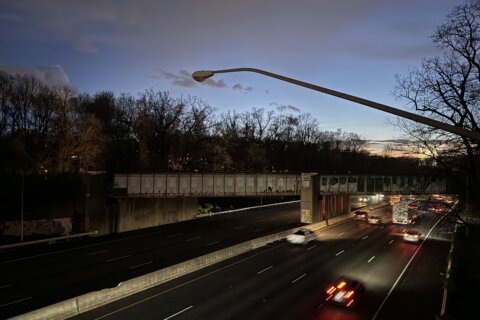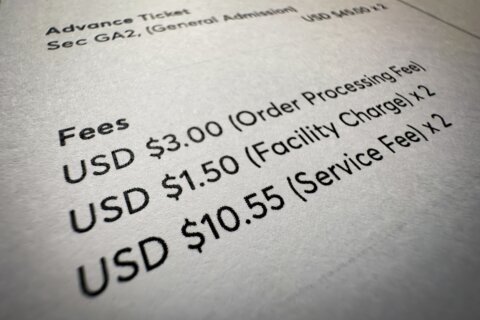The Maryland State Board of Elections voted unanimously Friday to recommend holding all in-person voting for November’s election at vote centers, allowing voters to use any center in their county to cast ballots.
On a 5-0 vote, the board moved to add on Election Day all the state’s 282 high schools to the state’s 80 early voting centers.
The motion, by Vice Chairman P.J. Hogan, not related to the governor, would require Gov. Larry Hogan to grant the board the power to make the move, board lawyer Andrea Trento said.
The board also plans to run early voting from Oct. 29 through Election Day on Nov. 3.
Trento said they had the power to implement the new dates themselves, although it’s not part of the motion because the board members want to wait and see whether the governor gives them the authority to implement their vote-center proposal.
The governor this week directed local election officials to open all polling locations and early-voting centers for the general election. “Further attempts to suppress the vote by massive closure of polls must be stopped or there will be serious consequences,” he wrote.
The vote followed a presentation by David Garreis, president of the Maryland Association of Election Officials, and Guy Mickley, director of the Howard County Board of Elections, who both said the change to a vote-center model would make things easier for local elections officials and workers.
Local elections officials across Maryland have said some kind of change to polling places is necessary in November.
“Our plan is a crucial step for the success of the 2020 election,” Garreis said.
Mickley warned of a “process breakdown” if the state uses a combination of vote centers and regular polling places: He said fewer people are signing up to work as election judges; two tiers of training are needed under the current system; and voters in a precinct system would need to be told, at government expense, where their specific polling place is.
Mickley added, as an example, that in Howard and Baltimore counties, November will be the fourth election of 2020, under the fourth set of rules.
The requirement for the governor to allow the board the power to switch to vote centers was a stumbling block for a couple of the board members.
“I don’t believe we’re going to get that authority from the governor,” said William Voelp.
Chair Michael Cogan said, “It’s a compelling presentation, but we have no authority to enact it. If we were working on a blank slate, I’d say, ‘Yeah, let’s send it up [to the governor].’ But we’re not.”
Ultimately, however, they both voted for the proposal.
The board considered a plan to consolidate precincts, which they do have the power to do, and may enact if the governor denies them the power to establish the voting centers.
They were told by the local officials that a precinct model still requires voters to go to a specific polling place, and also requires governments to notify them of that polling place at government’s expense. Voters can cast a ballot at any vote center in their county.
Garreis had earlier expressed confidence that local officials could adequately staff voting centers at the public high schools.
Board member Hogan said that if any jurisdiction couldn’t make a high school available, they could set up another site, as long as they have the same number of vote centers as they have early-voting sites and high schools combined.
The Associated Press contributed to this report.








